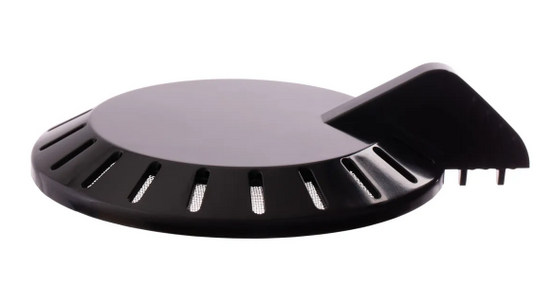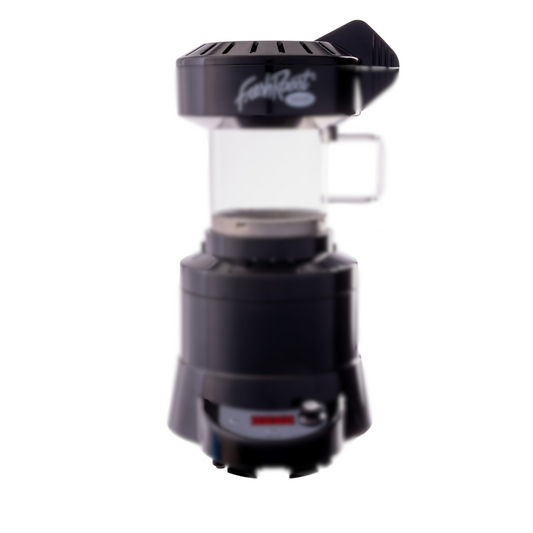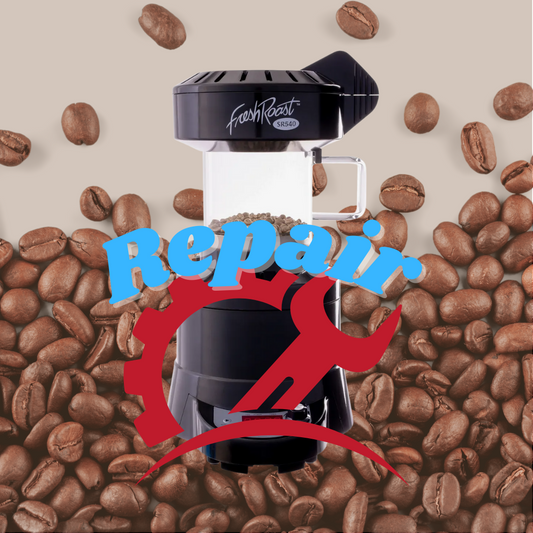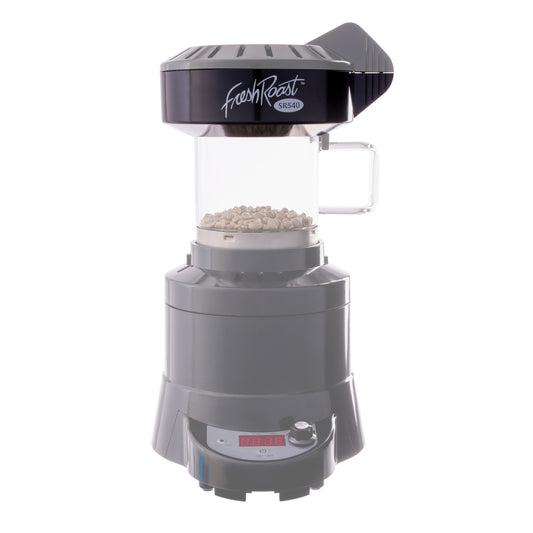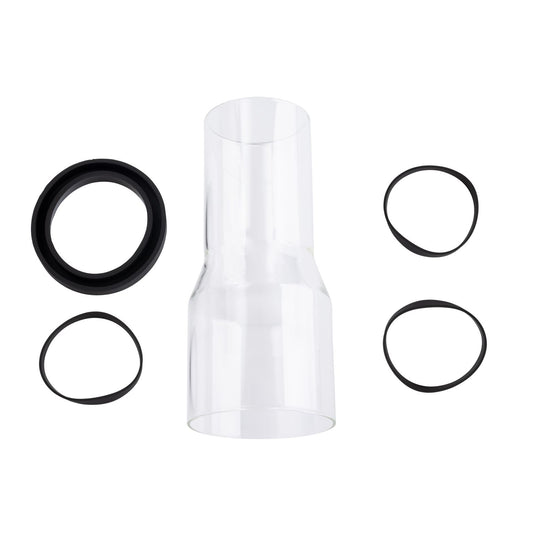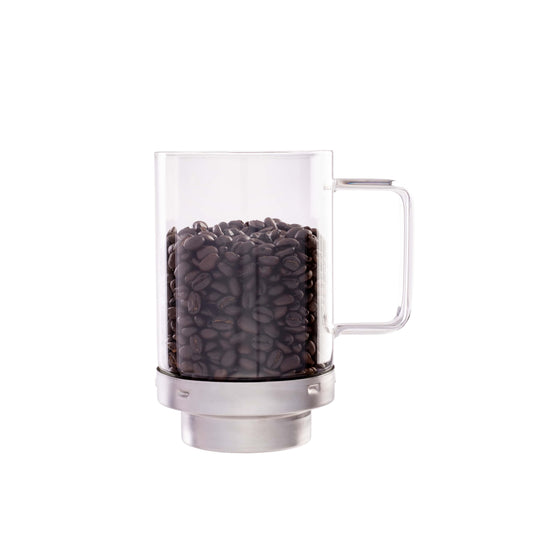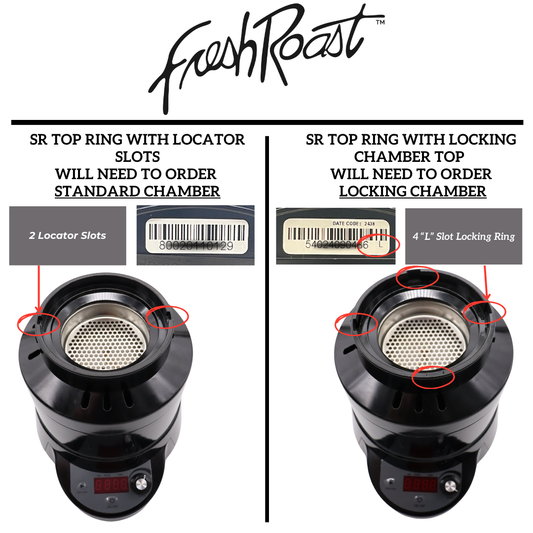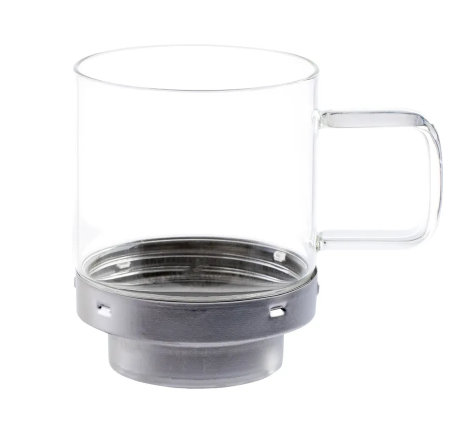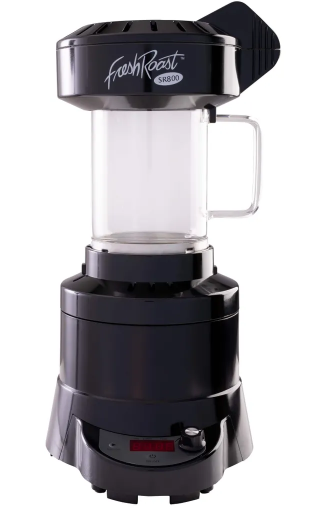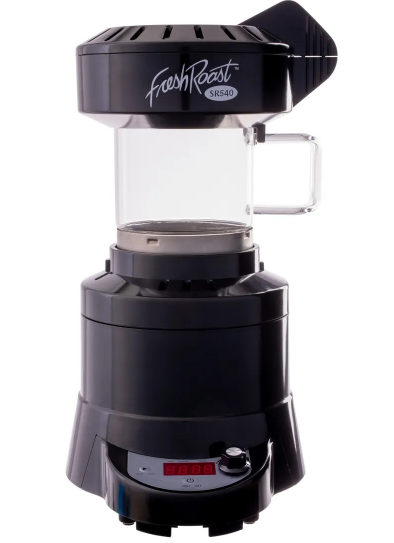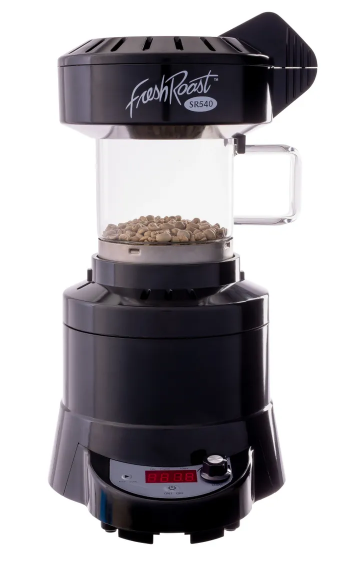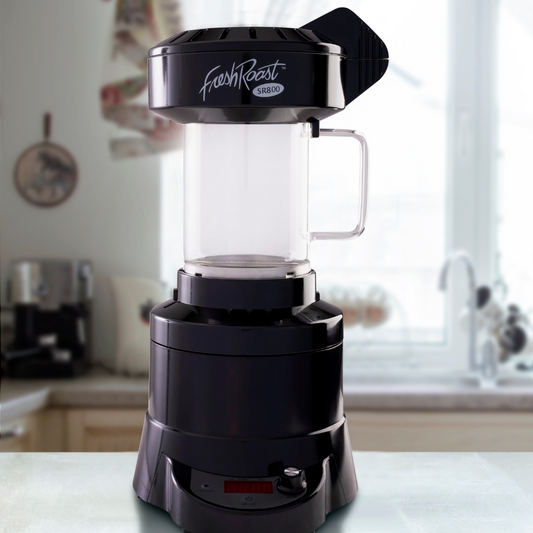
How to Store Green and Roasted Coffee Beans Properly
Storing coffee correctly is one of the easiest ways to improve freshness, flavor, and overall cup quality. Whether you're working with green coffee beans or beans you've just roasted using a Fresh Roast SR540 or SR800, proper storage ensures your hard work pays off every time you brew. In this beginner‑friendly guide, we break down exactly how to store both green and roasted coffee so your beans stay vibrant, aromatic, and delicious for as long as possible.
Why Proper Storage Matters
Coffee is sensitive. Exposure to oxygen, light, heat, moisture, and time can rapidly deteriorate flavor. With the right storage habits, you can:
-
Extend the life of green beans
-
Maintain peak flavor after roasting
-
Reduce staleness and bitterness
-
Ensure consistent results from roast to roast
The good news: proper storage is simple once you understand a few basics.
How to Store Green Coffee Beans
Green coffee beans have a much longer shelf life than roasted beans, often lasting 12 to 18 months if stored correctly.
Ideal Conditions
To keep green beans fresh:
-
Store in a cool, dry place
-
Avoid direct sunlight
-
Keep them in breathable bags (cotton, burlap, paper, or unlined grain bags)
-
Maintain moderate humidity
What NOT to Do
-
Do not refrigerate or freeze green beans
-
Do not use airtight containers (green beans need slight airflow)
-
Avoid warm areas like kitchens or near appliances
Where to Buy Quality Green Beans
You can find premium green coffees ideal for beginner and advanced home roasters at Home Roasting Supplies:
How to Store Freshly Roasted Coffee Beans
Once roasted, coffee becomes much more delicate due to the release of CO₂ and exposure to oxygen.
Step 1: Let the Beans Degas
Fresh Roast users should allow beans to rest for:
-
Light roasts: 24–48 hours
-
Medium roasts: 48–72 hours
-
Dark roasts: 3–5 days
Degassing prevents sourness and sharp acidity while improving brew consistency.
Step 2: Use Proper Containers
For roasted coffee, the best options are:
-
Airtight canisters
-
Opaque vacuum-sealed containers
-
CO₂‑valve bags (like professional roasters use)
These containers protect beans from oxygen while allowing excess CO₂ to escape.
Step 3: Store in a Cool, Dark Place
Ideal storage locations include:
-
Pantry
-
Cabinet away from heat
-
Drawer
Never Refrigerate or Freeze Roasted Beans
The moisture and condensation can ruin flavor and texture.
Common Storage Mistakes and How to Avoid Them
Mistake 1: Using Clear Containers
Light causes rapid flavor breakdown.
Fix: Use opaque or dark-colored containers.
Mistake 2: Keeping Beans on the Counter
It may look aesthetic, but heat exposure makes beans stale faster.
Fix: Store them away from appliances and sunlight.
Mistake 3: Leaving Beans in the Roasting Bag
Once you open the original packaging, airflow and oxygen quickly degrade freshness.
Fix: Transfer beans to a sealed, airtight storage container.
Mistake 4: Grinding Too Early
Ground coffee goes stale significantly faster than whole beans.
Fix: Grind only what you need for each brew.
Storage Tips for Fresh Roast Users
Whether you roast with the SR540 or SR800, here’s how to extend the life of your roasted beans:
Roast Smaller Batches
Fresh Roast machines excel at small, fast batches. Roast what you’ll use within 7–14 days for peak flavor.
Cool Beans Quickly
Use a dedicated bean cooler for better results:
Label Every Roast
Track roast date, bean type, and roast level so you know how long each batch has rested.
Use CO₂ Valve Bags for Sharing or Storing Extra
These mimic professional packaging and maintain freshness for significantly longer.
Common Roasting and Storing Questions
Q: How long do roasted beans stay fresh?
Typically 1–2 weeks, depending on roast level and storage.
Q: Can I vacuum seal roasted beans?
Yes, but only after degassing for 24–72 hours.
Q: Can moisture ruin coffee?
Absolutely. Even small humidity changes can dramatically affect flavor.
Q: Should green beans be kept cold?
No. Refrigeration or freezing causes condensation and damage.
Storing coffee doesn’t need to be complicated. Keep green beans dry and cool with slight airflow. Protect roasted beans from oxygen, heat, light, and moisture. With the right storage techniques—and tools like the Fresh Roast SR540, SR800, and a reliable bean cooler—you’ll enjoy better-tasting coffee and more consistent roasts batch after batch.
